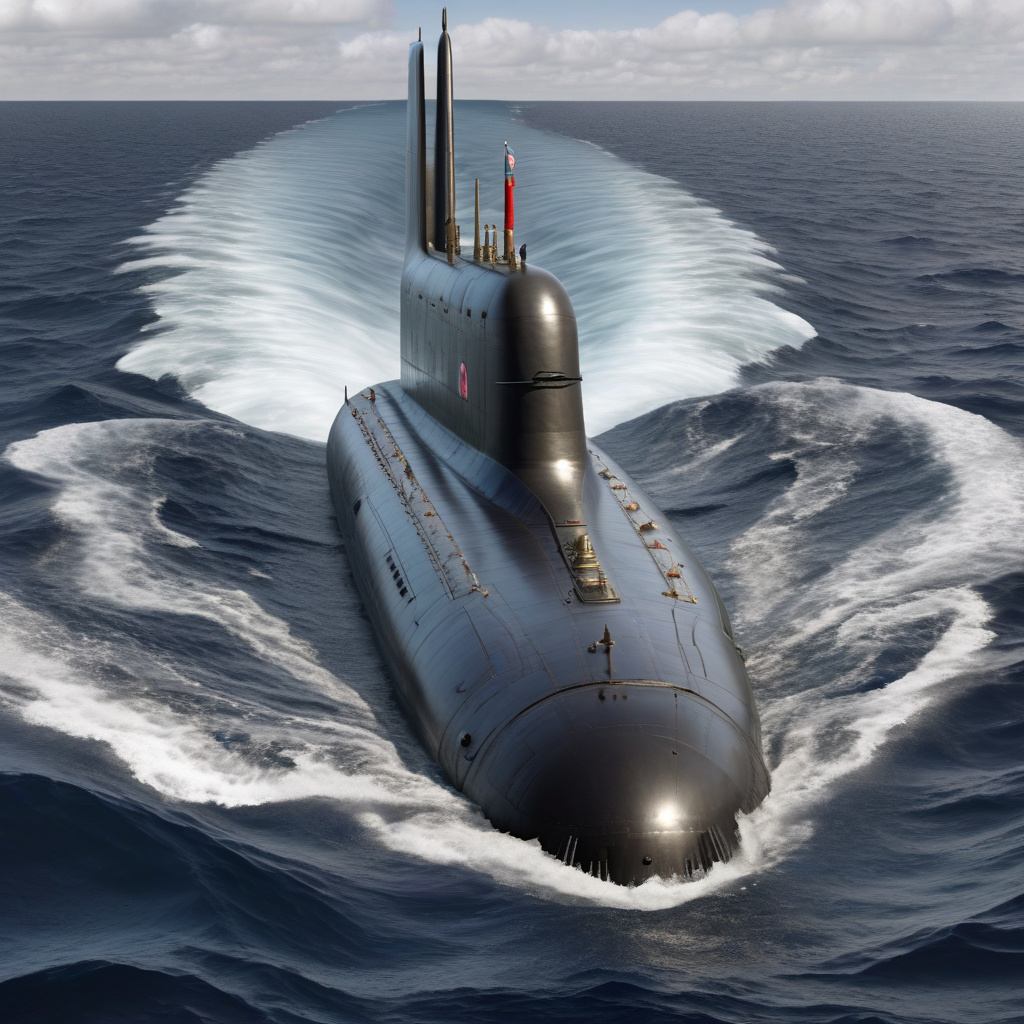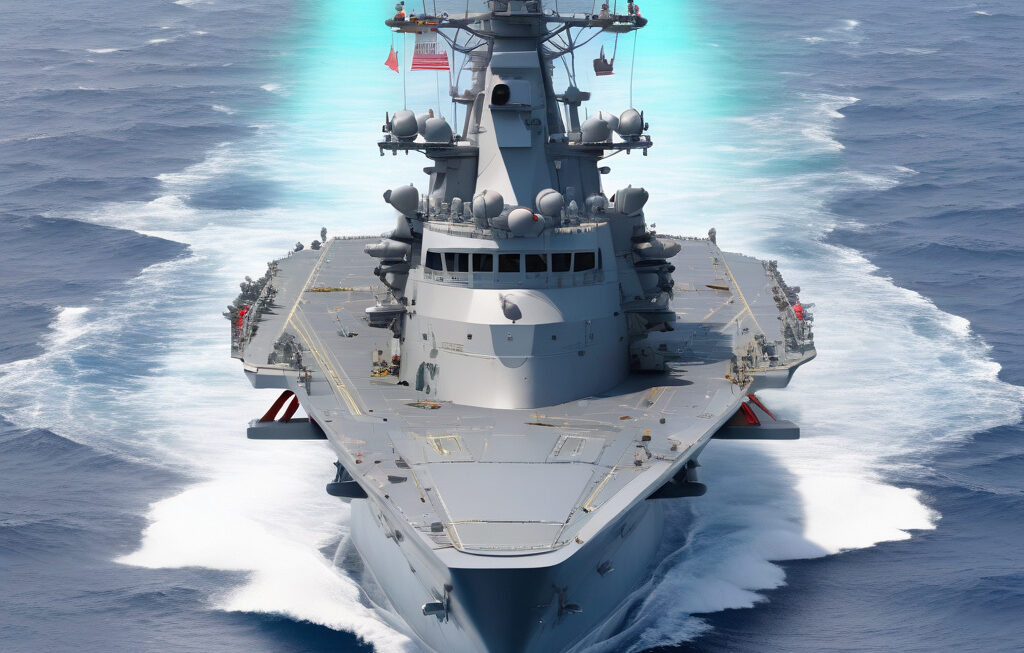Russia’s New Nuclear Submarine with Hypersonic Missile Capabilities
Russian President Vladimir Putin attended the launch ceremony of the country’s new nuclear-powered submarine which boasts a 621-mile strike range hypersonic missile. This technological marvel represents a significant advancement in Russia’s military capabilities and underscores the country’s commitment to staying at the forefront of defense innovation.
The unveiling of this nuclear submarine comes at a time of global tension and uncertainty, with geopolitical rivalries and military conflicts shaping international relations. In this context, the development of cutting-edge military technology is not only a matter of national pride for Russia but also a strategic imperative to ensure its security and assert its position on the world stage.
The integration of hypersonic missiles into Russia’s naval arsenal represents a game-changer in modern warfare. These high-speed missiles, capable of traveling at Mach 5 or faster, pose a significant challenge to existing defense systems due to their speed and maneuverability. With a strike range of 621 miles, they provide Russian forces with the ability to target distant enemy assets with unprecedented precision and speed.
Moreover, the use of a nuclear-powered submarine as the delivery platform for these hypersonic missiles further enhances Russia’s strategic capabilities. Submarines are inherently stealthy and elusive, capable of operating undetected beneath the waves and launching surprise attacks on enemy targets. By equipping a nuclear-powered submarine with hypersonic missiles, Russia has created a potent and versatile weapon system that can project power across the seas and deter potential adversaries.
The development of this new nuclear submarine also reflects Russia’s ongoing investment in its defense industry and technological infrastructure. By prioritizing research and development in cutting-edge military technologies, Russia aims to maintain its competitive edge in an increasingly complex and contested security environment. This focus on innovation and modernization is not only essential for national security but also for supporting the growth and diversification of the Russian economy.
In addition to the military implications, the deployment of this new nuclear submarine highlights the intertwined nature of technology, politics, and strategic thinking in the modern world. As countries across the globe race to develop and deploy advanced weapon systems, the lines between offense and defense, deterrence and aggression, become increasingly blurred. The emergence of hypersonic missiles as a key component of military arsenals raises important questions about arms control, crisis stability, and the future of warfare.
Ultimately, the unveiling of Russia’s new nuclear submarine with hypersonic missile capabilities is a stark reminder of the ongoing arms race and security competition among major powers. As technological advancements continue to reshape the strategic landscape, the need for dialogue, cooperation, and international norms to manage these developments becomes ever more pressing. In an era of rapid change and uncertainty, the responsible use of advanced military technologies is crucial to prevent miscalculation, escalation, and conflict.
In conclusion, Russia’s new nuclear submarine represents a significant milestone in the evolution of modern warfare and defense technology. With its hypersonic missile capabilities and advanced design, this submarine underscores Russia’s commitment to innovation, security, and strategic deterrence. As the geopolitical landscape continues to shift, the role of cutting-edge military technologies in shaping international relations and security dynamics will only grow in importance.
Russia, nuclear submarine, hypersonic missile, defense technology, strategic deterrence












